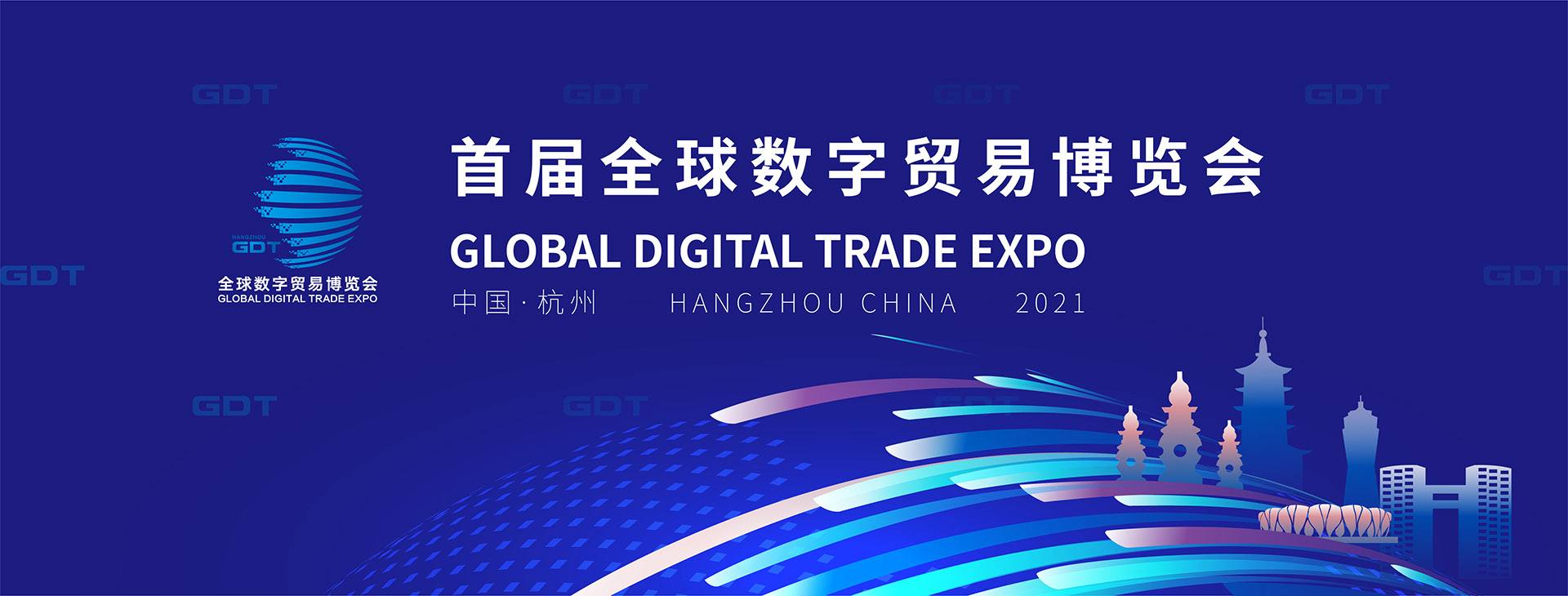- Home
- Press Center
- Conferences
- Exhibitions
- Events
- Partners
- · Service Center ·
- About Us
Common high-quality development
2023-11-09 10:54
China's diplomacy with its neighbors in the Association of Southeast Asian Nations is on the fast track, with China-ASEAN trade figures jumping from $641.5 billion in 2019 to $975.3 billion in 2022.
In 2020, ASEAN surpassed the European Union for the first time to become China's largest trading partner, amid the floundering economic scenario worldwide. ASEAN has maintained this position for three years in a row.
In 2021, export of goods from the ASEAN countries to China accounted for approximately 16.4 percent of all exports from the regional bloc. In the first seven months of 2023, bilateral trade volume registered an increase of 2.8 percent year-on-year. Meanwhile, two-way investments topped $380 billion.
Under the framework of the Belt and Road Initiative, the China-ASEAN partnership is dubbed the most successful model of multilateral cooperation without resorting to protectionism, unilateralism or economic nationalism.
To the entrepreneurs, notably from ASEAN, due emphasis on e-commerce signifies the growing significance attached to the digital economy. The pilot zone proposed for "Silk Road e-commerce" cooperation looks set to enhance the weightage of digital trade in the new phase of the BRI.Wider market access for digital products, enhancement of cross-border service trade and the proposed yearly Global Digital Trade Expo constitute the key deliverables on the agenda.
Alongside this, China is well poised to ramp up further its trade and commerce engagement with more free trade agreements and investment agreements signed with more countries. Foreign investment access restrictions in the manufacturing sector might be fully done away with.
The potential to be unleashed is enormous, as opportunities abound. In the current perspective, the outcome of negotiations on the ASEAN-China Free Trade Area Version 3.0 is crucial as it must live up to the expectations of meeting new needs and trends of China and the ASEAN countries in pursuit of industrial upgrading and high-quality development, notably in such sectors as digital economy and green transformation.
The yet-to-conclude agreement is widely seen as a timely tool to promote a higher level of institutional opening-up. While more than 90 percent of the commodities totaling about 7,000 kinds have already been granted zero-tariff treatment between China and ASEAN, further tariff reduction is anticipated with the conclusion of ACFTA 3.0.
Efficiency of customs, inspection, and quarantine will always remain the priority to be addressed in the interest of enhancing trade and investment liberalization and facilitation.
Perhaps, what came as a pleasant surprise was the inclusion of micro, small and medium-sized enterprises in the list of priorities. This simply signifies that beyond huge project spending on hard infrastructure, small entrepreneurs are not excluded from the upcoming high-quality development across the region.
Although the trajectory of the BRI remains bumpy amid continuous stigmatization and malicious vilification by its naysayers from the West, there's no ambivalence that China's traction of economic growth will stay robust and unstoppable.
China's import and export volumes of goods and services are expected to accumulate to more than $32 trillion and $5 trillion respectively in the next five years.
Amid the jostling for a cut in the growing economic pie of China, the turf is not at all an absolute hotbed for zero-sum race. Conversely, China allows for economic empowerment through capacity-building in its road map.
The elements of "amity, sincerity, symbiosis and inclusiveness "underpinning China's neighborhood diplomacy are getting more conspicuous and visible when over 1,000 "small yet smart" empowerment programs dedicated to livelihood assistance were unveiled to benefit the vulnerable and the underprivileged in the Belt and Road partner countries. This is beyond economics. Yet, China seeks to address the gap of aptitude that breeds the fundamental disparity in economic development.
In pursuit of common high-quality development for China and ASEAN, the latter has much to gain by riding on the tailwind of complementarity between ACFTA 3.0 and the Regional Comprehensive Economic Partnership agreement, alongside the impetus brought about by the new drivers of the BRI.
It's no overstatement that the three mutually reinforcing elements would make ideal building blocks for an open and inclusive epicenter of growth in ASEAN.
The author is president of the Belt and Road Initiative Caucus for the Asia-Pacific and former transport minister of Malaysia. The author contributed this article to China Watch, a think tank powered by China Daily. The views do not necessarily reflect those of China Daily.
Source: China Daily Global Author: ONG TEE KEAT Editor: Li Jiameng





